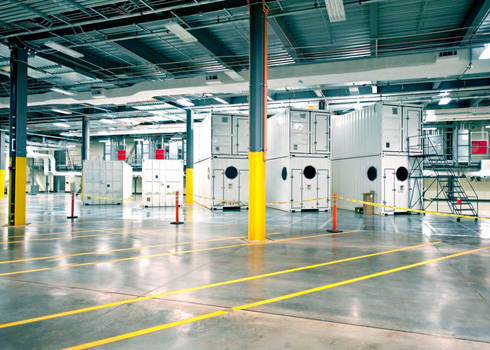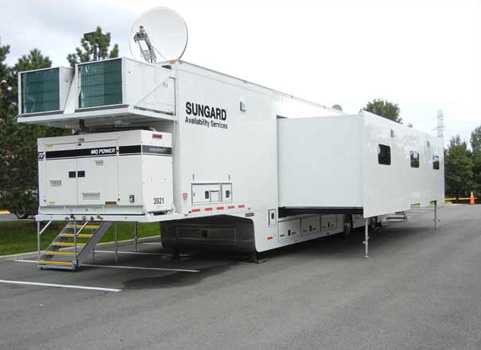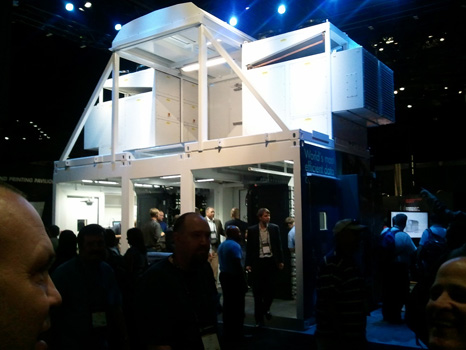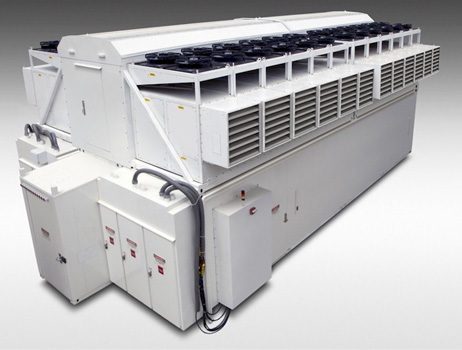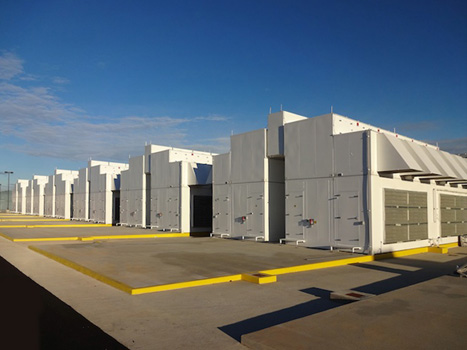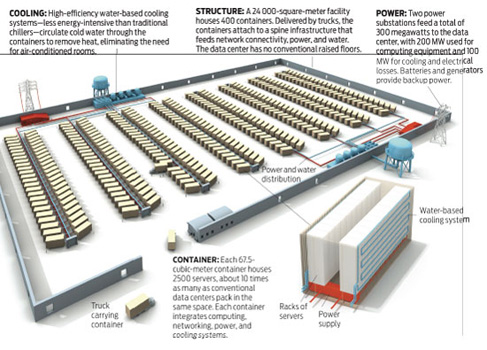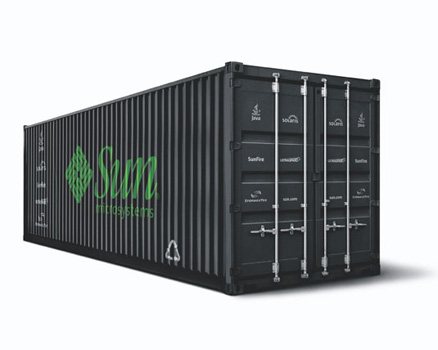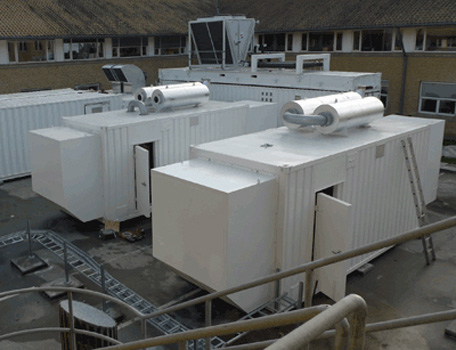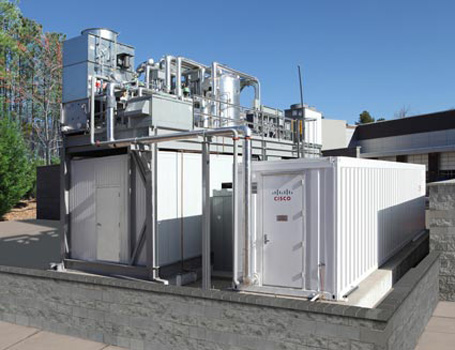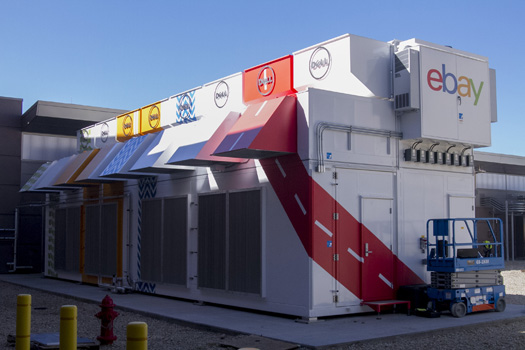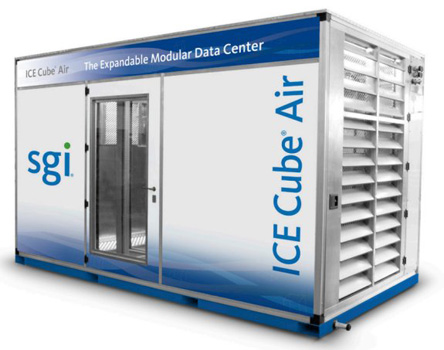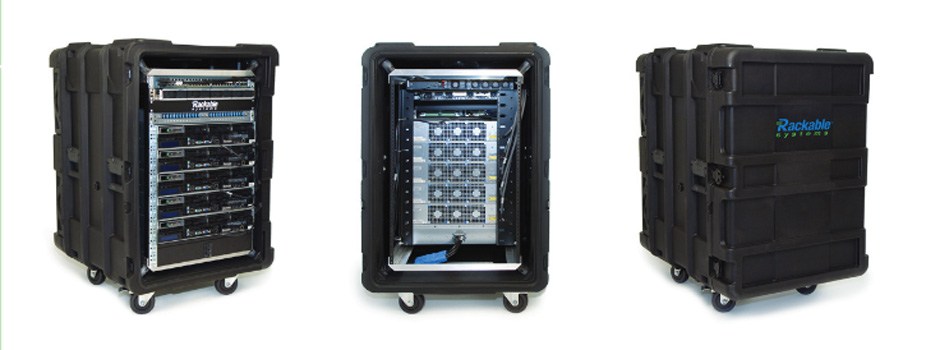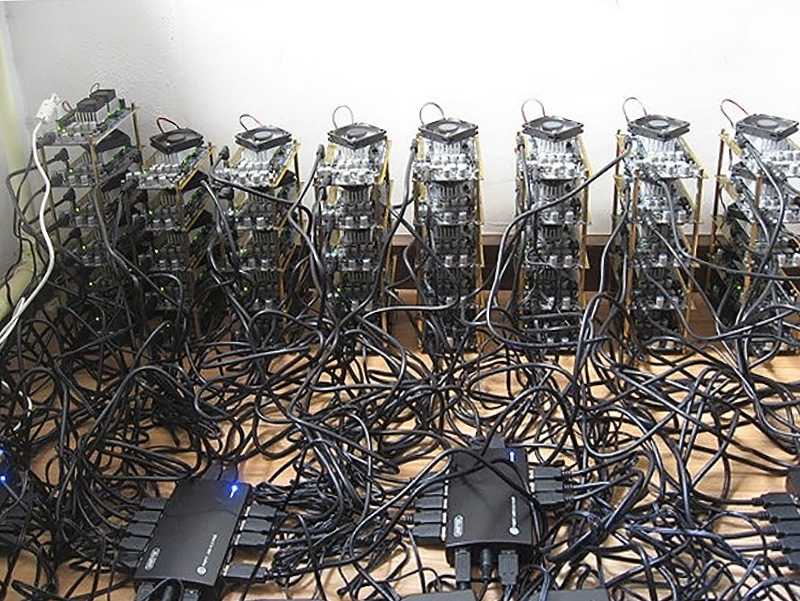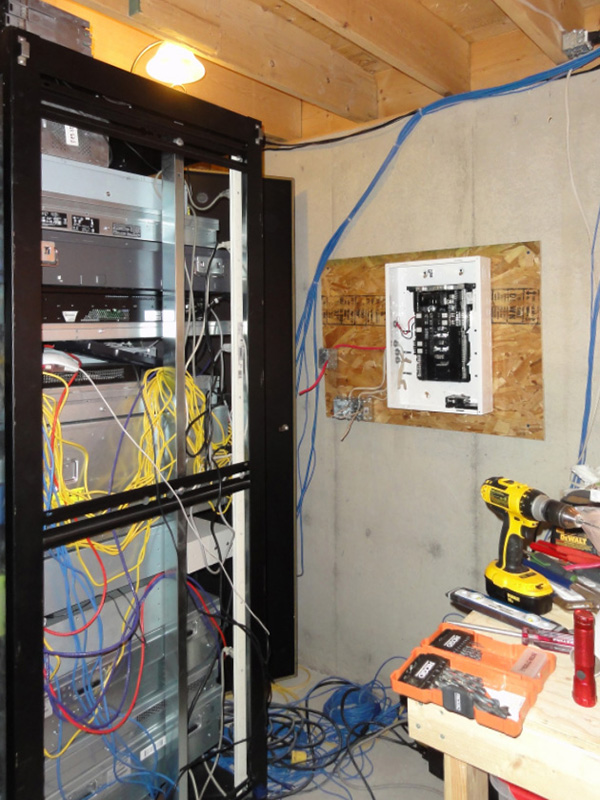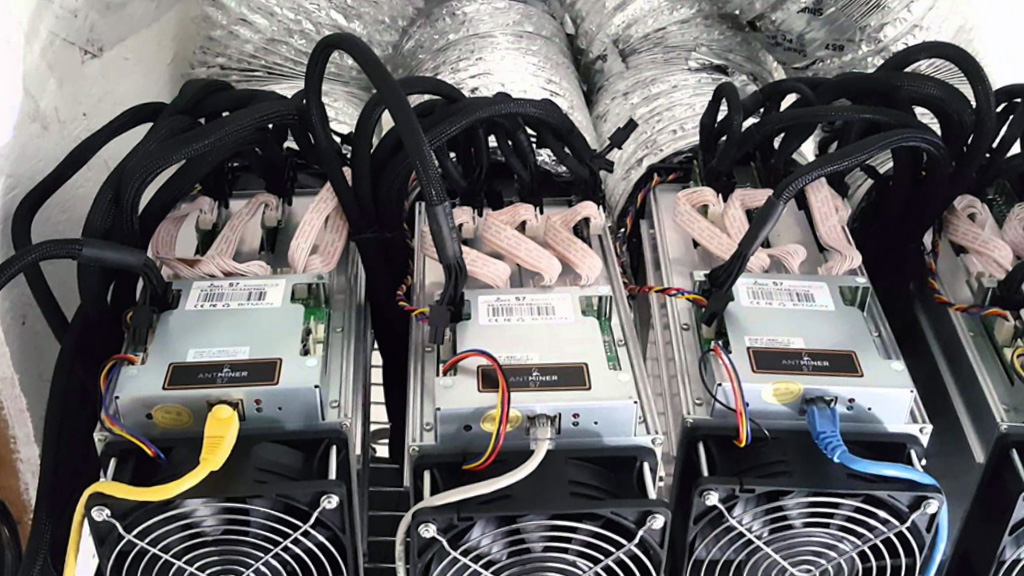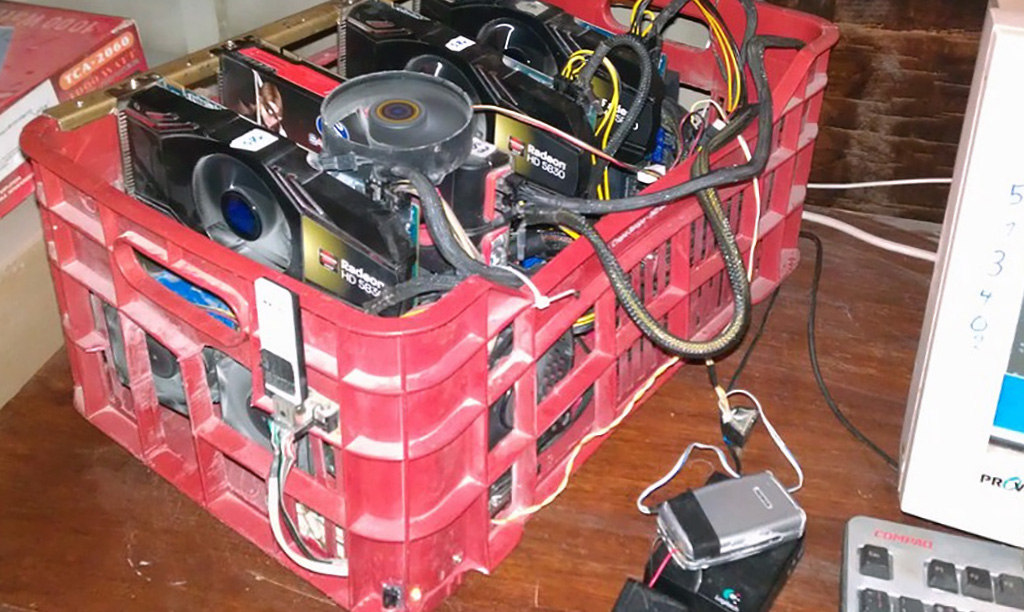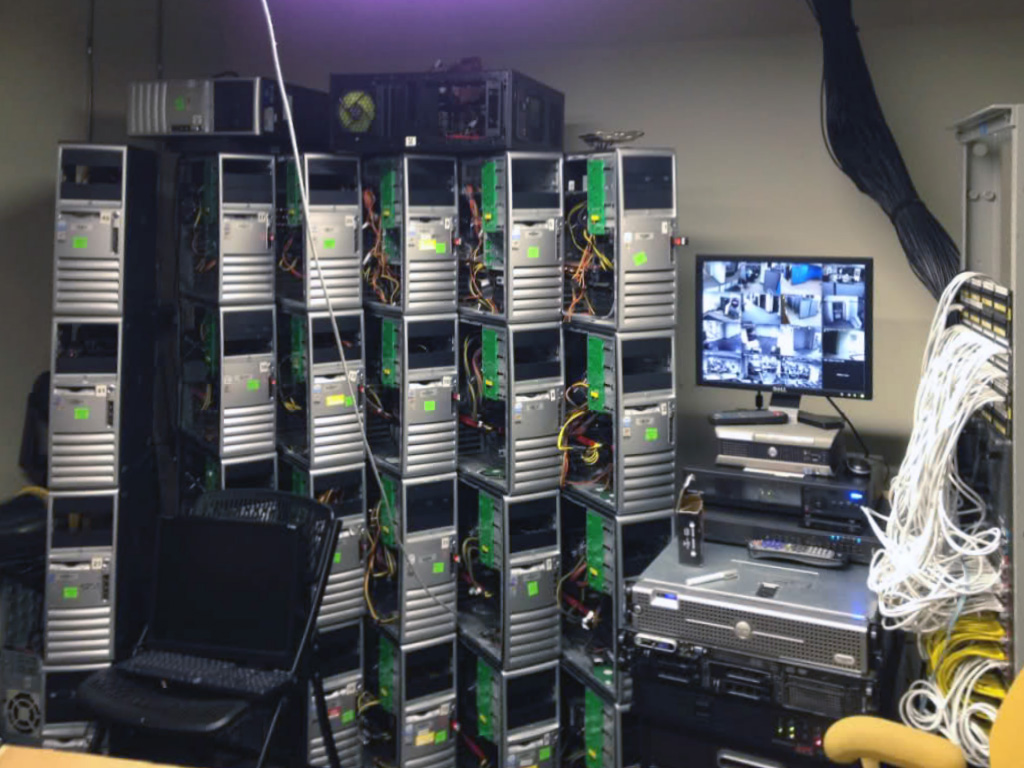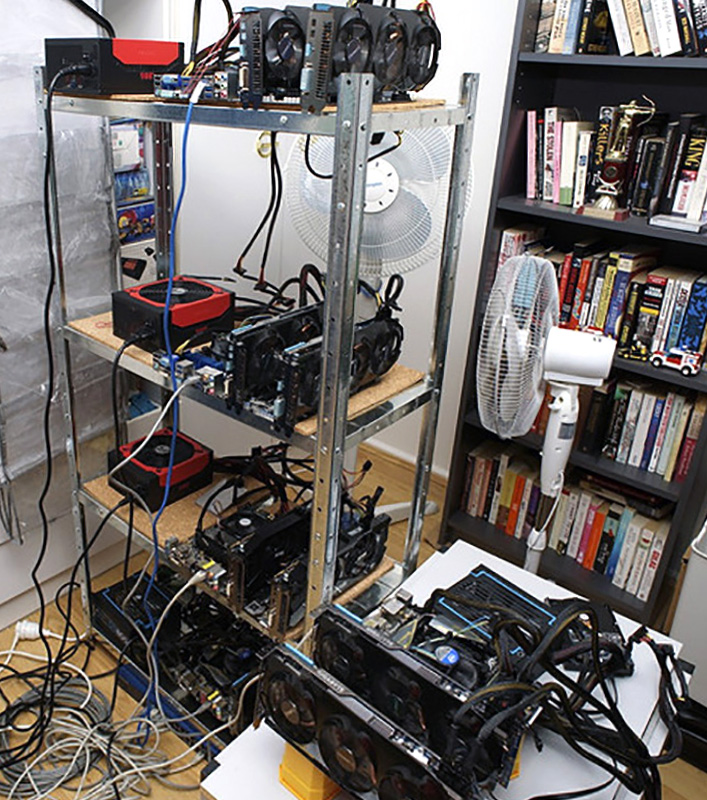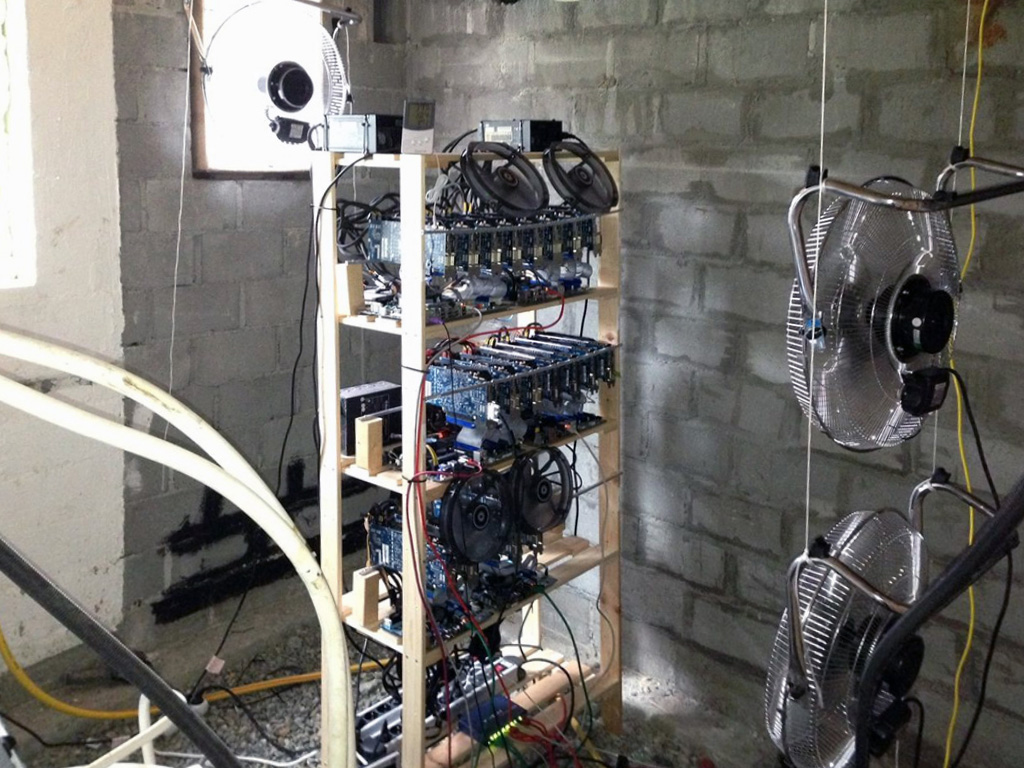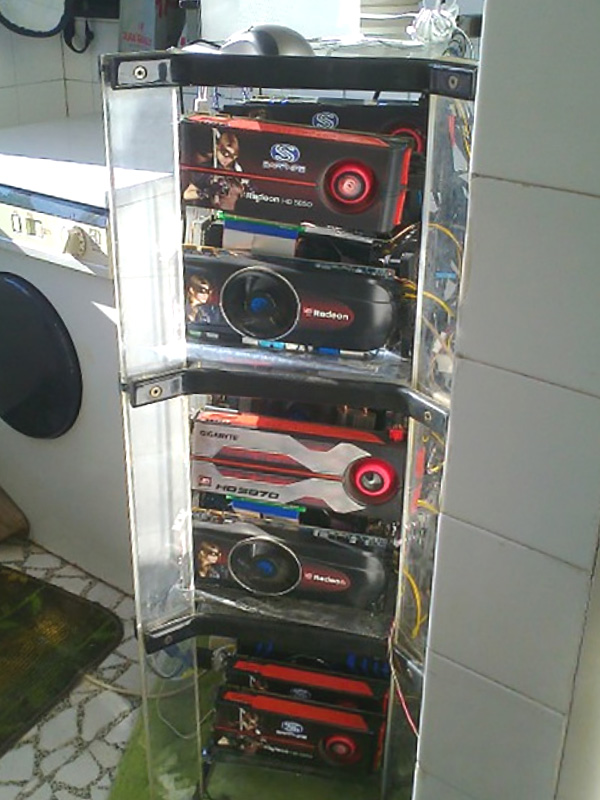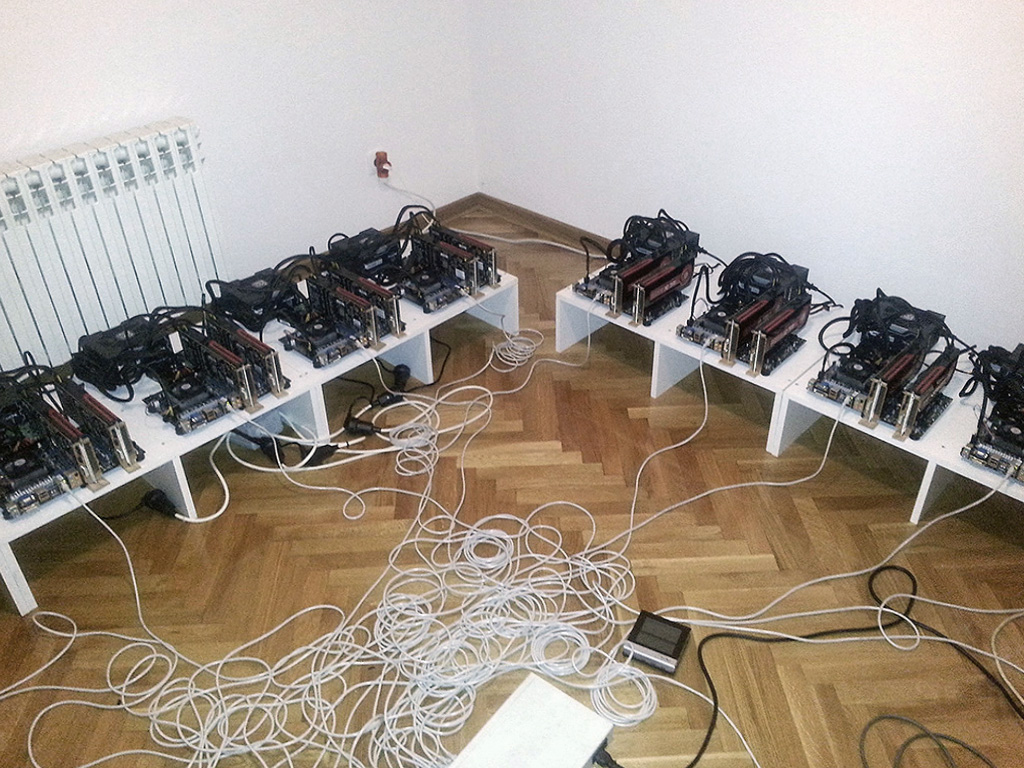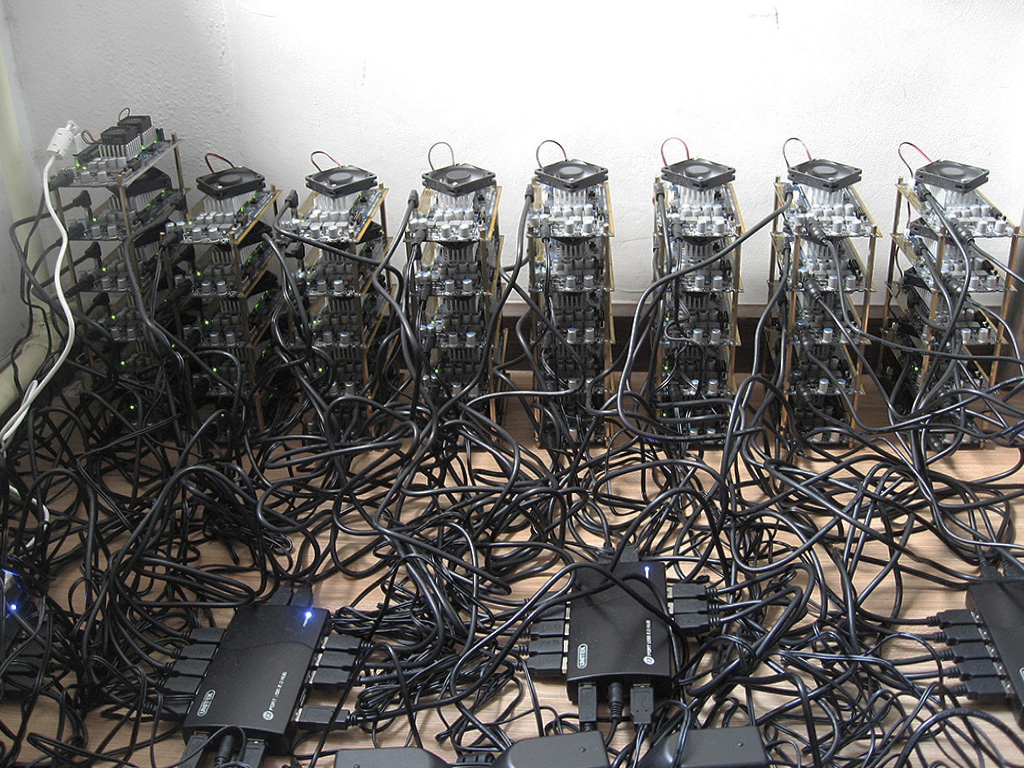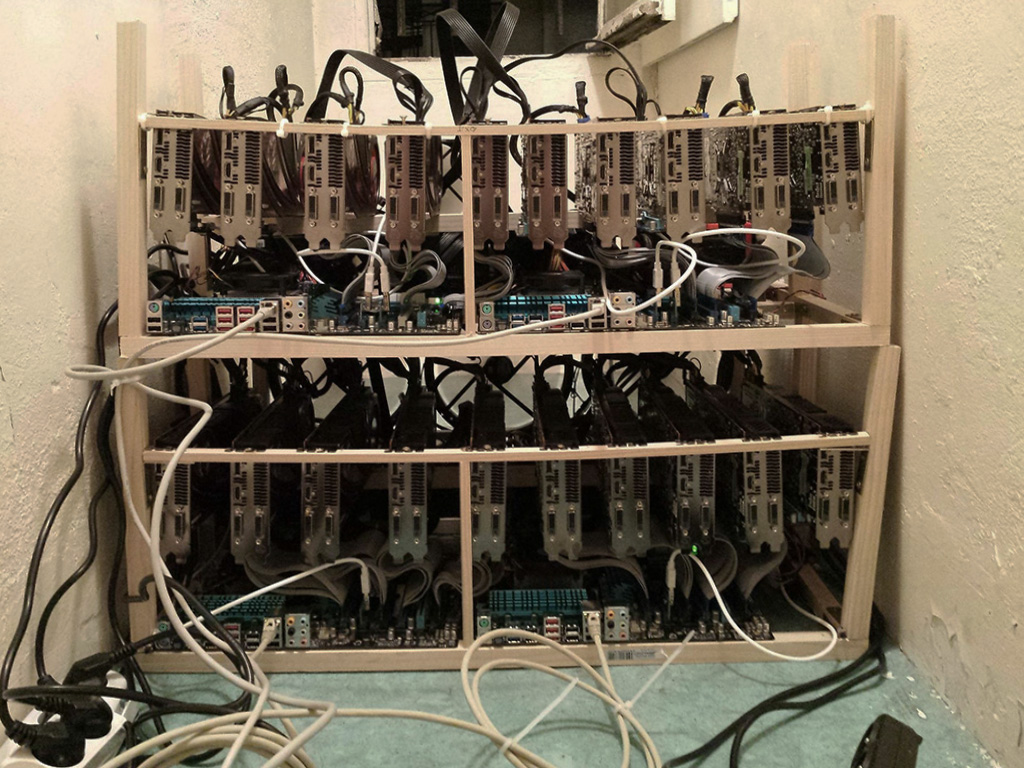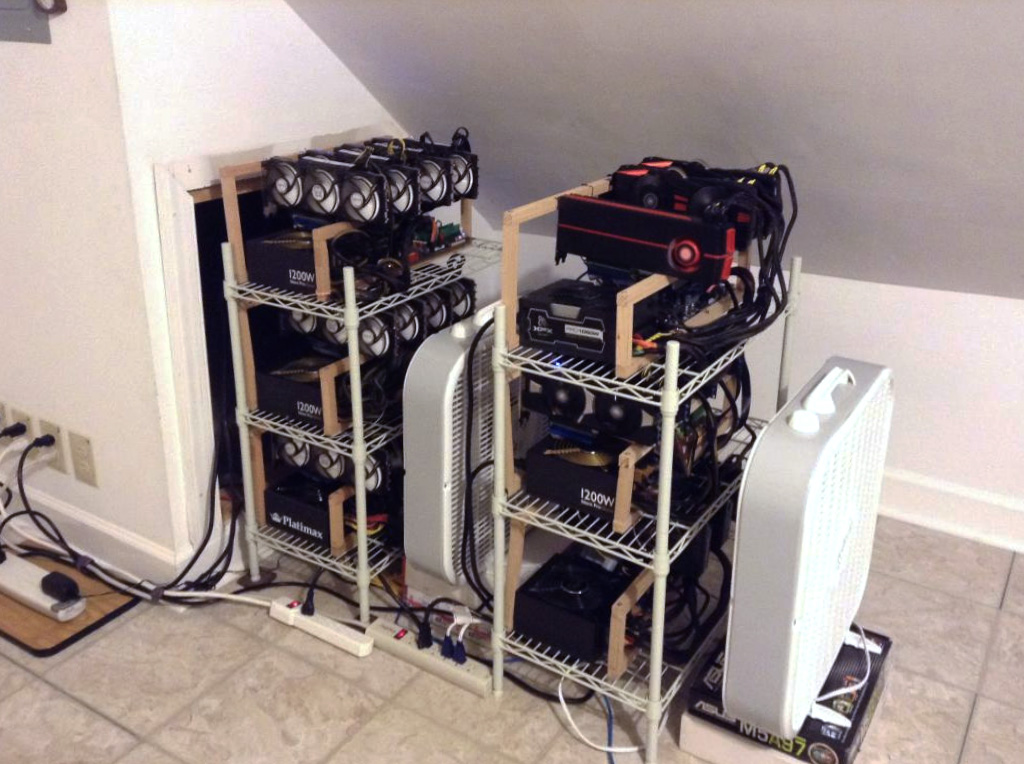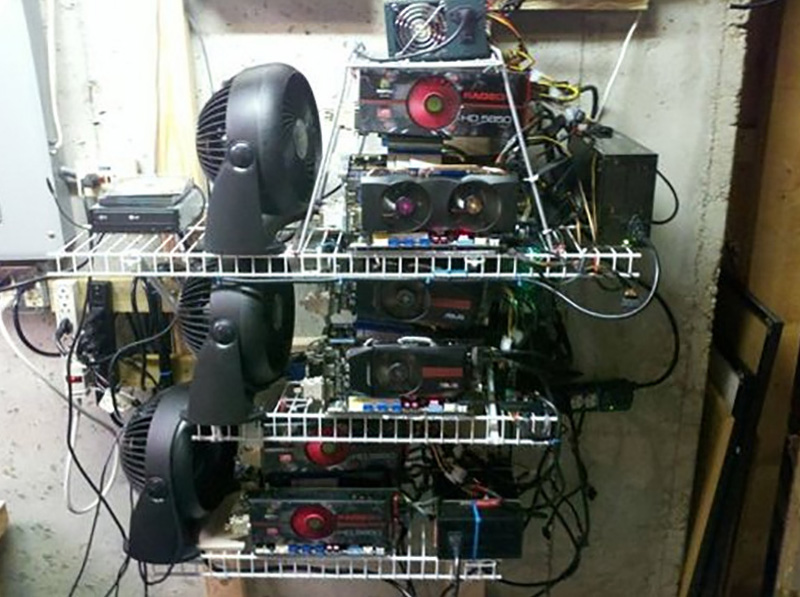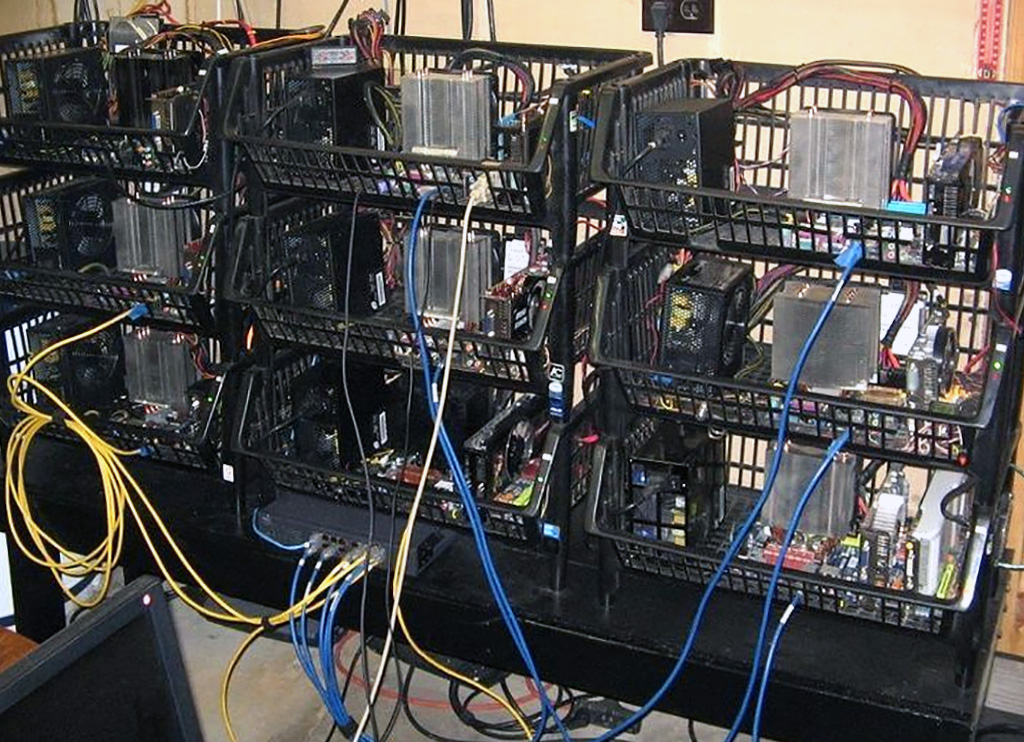IICloud(s) – Inhabiting and Interfacing the Cloud(s)
A joint design research project (HES-SO) between ECAL, HEAD, EPFL-ECAL Lab & EPFL
-
-
The rack unit: U
-
The 19 inches rack
The 19″ rack as a long story and like most “normalized” artifacts, some of its dimensions are inherited by past uses/components (telephony?), some of which are not used anymore.
The 19″ rack is globally used as a standardized server enclosure (or computer cabinet) in data centers. Build in steel and usually heavy, it is nonetheless designed to be mobile (mounted on wheels and easily packable on pallet and/or within containers for transportation). This massive use leads to the common esthetic of the data center, with straight lines of cabinets containing multiple servers. A 19″ rack usually do the same thing at a very small size than a full data center: it physically protects servers, organizes their dispatching in a very rational way and control air flows & climate/temperature.
We cannot speak about servers cabinet without mentioning the other normative unit that structure them: “U“. A “U” is a rack unit that describes the height of the equipments within the rack.
-
The mobile & expandable data center: containers and other ideas
As we were speculating in our I&IC – Preliminary intentions about a very versatile/mobile and distributed versions of the cloud infrastructure (datacenters), almost a physical bittorrent so to say, we are interested into the existing versions of mobile data centers.
-
The Uptime Institute. Tier certifications
Founded in 1993 by Kenneth G. Brill, the Uptime Institute was acquired by The 451 Group[6] (named after the book Fahrenheit 451 by Ray Bradbury) in 2009. Since then, the Uptime Institute has been an independent division of The 451 Group[7] which is headquartered in New York with offices in locations including San Francisco, Washington DC, London, Boston, Seattle, Denver, São Paulo, Dubai, and Singapore. The 451 Group also owns 451 Research, a technology-industry syndicated research and data firm.
Wikipedia (2014)
… “named after the book Fahrenheit 451″ … no need to invent it!
-
Mobility & data centers – SGI Ice Cubes
SGI had a full line of mobile or modular data centers. Yet we don’t find traces of these products on the actual website of the brand anymore. Does this mean that small scale, mobile or modular datacenters don’t work with big corporate clients and that tere is no real needs for that?
Some pictures here in the gallery about their different propositions. From small mobile cabinet to trucks. There are therefore and undoubtedly close links between the ideas of mobility, fragmentation or reconfiguration about data centers and the one of transportation (transportation of goods by the means of pallet, containers, boats, trains, cargos, etc.)
-
Mobility & data centers – Amazon’s containers
—–
A Look Inside Amazon’s Data Centers
By Rich Miller

Amazon Perdix countainer.
Amazon Web Services doesn’t say much about the data centers powering its cloud computing platform. But this week the company held a technology open house in Seattle, where AWS Distinguished Engineer James Hamilton discussed the company’s infrastructure. The presentation (PDF) included an image of a modular data center design used by Amazon, which is the first official acknowledgement that the company uses modular infrastructure.
Hamilton also shared a factoid that provides a sense of the rapid growth of Amazon’s cloud platform. “Every day Amazon Web Services adds enough new capacity to support all of Amazon.com’s global infrastructure through the company’s first 5 years, when it was a $2.76 billion annual revenue enterprise,” Hamilton states in one of the slides.
-
Meanwhile… The “classical” extra large data center, in 2014
The “classical” approach to the conception of large contemporary data centers could be exemplified by Google: it usually consist of a “shoe box” (large facility with no particular architectural expression, windowless facades), surmounted by big cooling devices. That’s mainly it for the architectural side.
-
Data Center (Regular) Design – as industry knows it
-
A brief history of cloud computing
-
How Cloud Computing Works
-
The Home & Personal Data(-Mining) Center
Interestingly, when it comes to experimentation with hardware and The Cloud (or more generally with servers), the most interesting and almost crazy examples are made by the hobbyists and makers who are building and customizing their own data (Bitcoin) mining farms.
It happens in their houses, caves, bathrooms, bedrooms, closets, etc., it seems their are no limits to experimentation. A “house miner” even hacked his own swimming pool to cool down his servers (Portrait of a Bitcoin Miner, link below).
It is almost a subculture of home-brewed personal data-centers, built at home (or at the small office).
A few notable examples in pictures above (where we can verify that the questions of cooling and cables organization are for real…)
…
More insane rigs:
https://99bitcoins.com/20-insane-bitcoin-mining-rigs/
http://www.thinkcomputers.org/insane-crypto-currency-mining-rigs/
A portrait of “Eric”, a Bitcoin miner:
“Eric built a custom cooling system using water from his swimming pool.”
And more “mining rigs” of all sorts on Google Image…
-
The Home Data Center
For a fully configured and directly buyable personal cluster (21’000.- $, still), see also for example the Personal Cluster Model 1600 by Nor-Tech.
-
Reblog > The Home Data Center: Man Cave for the Internet Age
—–
By Rich Miller
In the ultimate manifestation of the “server hugger” who wants to be close to their equipment, a number of hobbyists and IT professionals have set up data centers in their home, creating server rooms in garages, basements and home offices.
The home data center is a novel extension of the central role that data centers now play in modern life. These enthusiasts are driven by a passion for IT, and use their gear for test-driving new equipment, lightweight web hosting or just as the ultimate technology ManCave.
Whatever the motivation, this level of connected house requires some adaptations, including upgrading power and network connections and running cable throughout a residential home.
-
Clouds on | rblg
All posts taged as “Cloud” on | rblg (not necessary relevant in our case as it also points out “atmospheric resources” –”real clouds” so to say…–)
